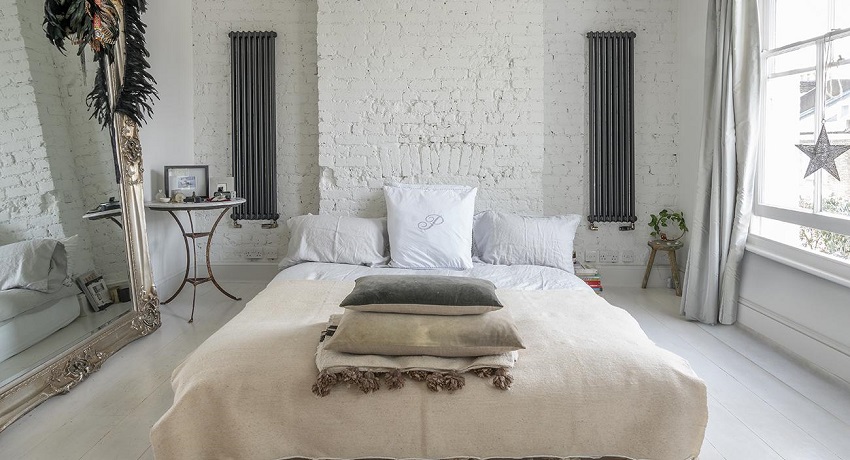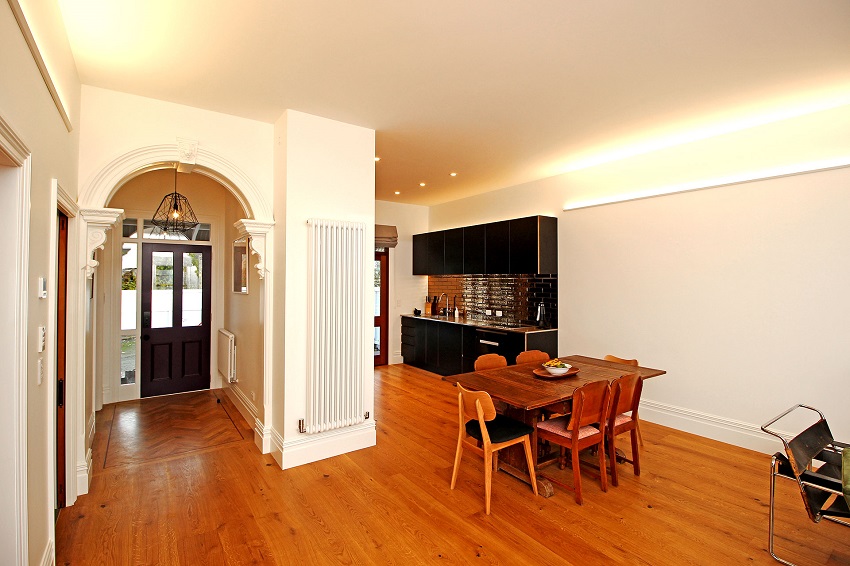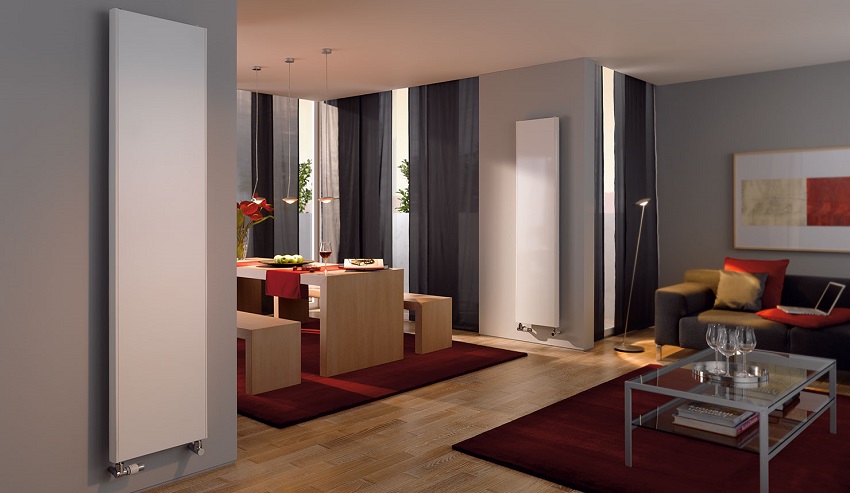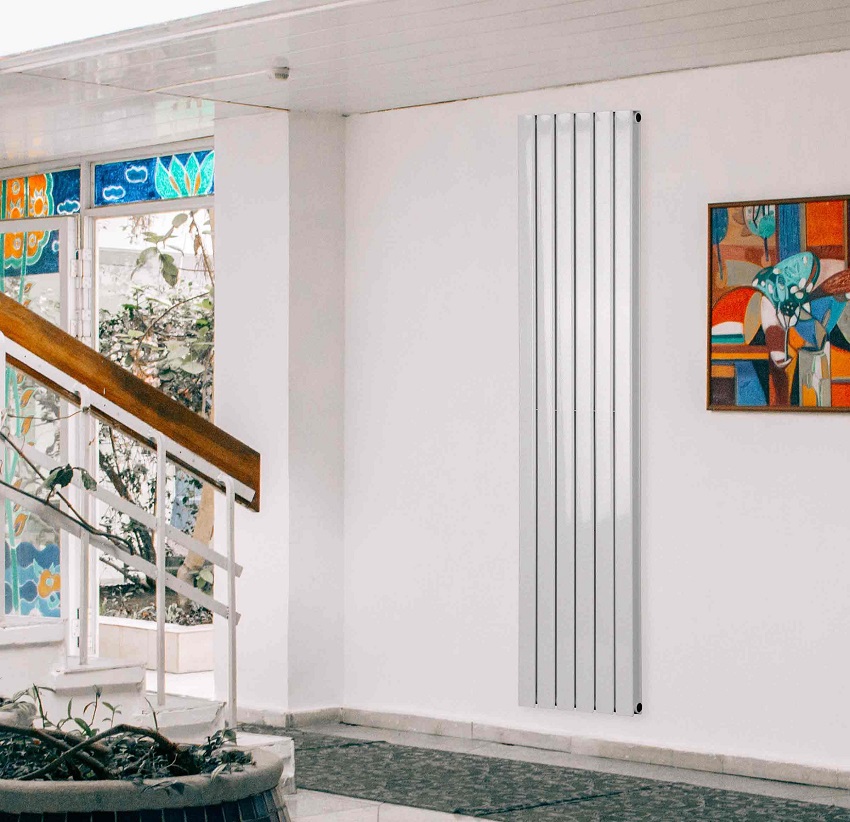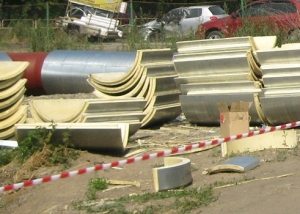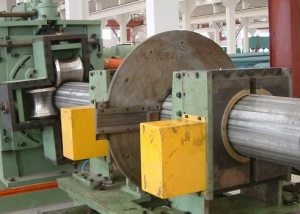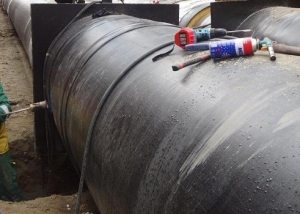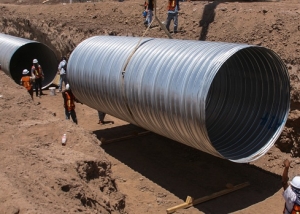A vertical water heating radiator is not found in residential buildings as often as other models. Their design features are able to add variety to any interior design. In terms of functionality, they do not differ from conventional batteries, but their height is disproportionately large. In all respects, they comply with technical standards. However, it is important to familiarize yourself with all the characteristics in order to choose heaters for your type of heating system.
Content
Classification of water heating radiators
Today, they are increasingly using an alternative to central heating in urban apartments, using autonomous heat sources and various types of batteries. There are infrared electric heaters and oil radiators. Instead of water, “non-freezing” is used in a closed system so that pipes in the private sector do not freeze. There are floor and wall heating radiators, which are heated from the boiler room or on gas boilers.
If it's time to change the batteries, which are desirable to install not only under the windows, you should pay attention to the design models of the vertical form. By structure, they are divided into such varieties:
- linear
- tubular;
- sectional;
- with a smooth surface;
- ribbed.
There are designer heating appliances. They have almost the same efficiency as conventional cast-iron batteries, but the cost is an order of magnitude higher. Design radiators confirm their high thermal conductivity, safety, efficiency and durability. But their main advantage is aesthetics, so they do not need to be hidden behind curtains or a decorative shield.
The basis of any heating battery, regardless of configuration, is made of cast iron, steel, copper or aluminum. A wide model line makes it possible to choose a creative option:
- with a mirror or stained glass surface;
- polished steel or carved decor;
- smoothly painted glossy or matte “crumbs”;
- with artistic coinage or painting on a flat or convex surface.
Also, a vertical water heating radiator can be decorated with flexible stone, colored plastic, wood or composite panel. And with the most primitive tube variety of these bathroom batteries, many are familiar with towel warmers, they are available in assortment.
Helpful advice! When buying, do not forget to clarify the heat output and other technical specifications in order to calculate how many sections are needed for a given room.
Features of vertical radiators
Some consumers are frightened off by heating blocks of a vertical form. But this is only a modification or a geometric variety of standard batteries. Their installation is practically no different from classic ribbed batteries and more modern bimetallic modifications.
One cannot but mention their features:
- it is better to purchase large-format bimetal heating radiators, rather than cast iron or ferrous metal - they are much heavier, they put extra weight on the finishing materials;
- tall narrow blocks have a lower heat output, since cold air rushes up, rising along small surfaces, not having time to heat the room;
- To fully heat a room with swinging balcony doors and without window sills, one wall-mounted radiator will not be enough, it is recommended to install two in parallel, on both sides of the doors, hidden behind the curtains.
- heavy cast-iron batteries with wall mounting are mounted on a load-bearing wall, since temporary partitions of plastic materials gradually collapse under their impressive weight;
- for vertical water heating radiators, it is preferable to supply pipes from below or from above. Lateral diagonal connection on high design panels will not look aesthetically pleasing;
- it is recommended to put a Mayevsky crane on each block, since there is always a chance of airing.
Helpful advice! In any creative form, regardless of metal, batteries should fulfill their main function - heating the room in the cold season. When buying, you should correlate the indicator of thermal power and the area of the room (volume).
If one radiator is not enough, for example, for a living room, get two or three. Usually 2-3 designer blocks (instead of 1 ribbed cast-iron battery) do not affect the amount of utility bills. The variety of their forms is impressive, in foreign catalogs you can have heating appliances in different styles - from retro and baroque to modern and art deco.
How to choose decorative vertical radiators
In specialized catalogs and supermarkets, up to 100 articles of various shapes and sizes are presented, including designer models:
- vertical and horizontal radiators;
- panel and sectional;
- flat and ribbed;
- enamelled and polished metal batteries;
- matte and glossy offers;
- multi-color and plain;
- in a picturesque and mirror design.
The sale of designer models of foreign production has been established:
- Hungary - Betatherm.
- Germany - Arbonia, Zehnder and Kermi.
- Poland - Terma and Enix.
- Britain - Aeon.
- Italy - Global.
- Belgium - Jaga.
- Joint production of Italy and Russia - Thermo PianoForte.
Note! Budget proposals from Russian and Belarusian manufacturers are cheaper, but they will last no less. Therefore, if you want to save, this is the best option.
Vertical design radiators acquire mainly:
- for elite houses, baths and saunas;
- to harmonize the interior in the office or hotel;
- for heating small boutiques, shops and creative workshops.
Consider the different characteristics of products from different metals:
- Vertical cast iron batteries with excellent heat dissipation are the most popular because they are not susceptible to the chemical composition of water and pollution. They are heavy, especially multi-section, which creates inconvenience during installation.
- Vertical bimetal radiators - an improved modification of aluminum and steel models. These are steel pipes in an aluminum case, often covered with a thin layer of plastic. They have a compact shape and good heat dissipation. Clogged and aged 15-20 years blocks are better to replace.
- Steel models are no worse than those described above, but they are gradually filled with rust. But they have high heat dissipation. They are most accessible for internal cleaning and surface painting.
- Aluminum radiators are often used in the private sector in a closed circuit.
- Copper radiators - are considered elite, without repair they will last 35-50 years, if installed correctly.
Important! Copper heating radiators should be installed by specialists due to the specific soldering of tin.
As you can see, vertical heating radiators have their advantages, but we can not but mention the disadvantages - the tendency to airing and a smaller heating area of the ascending air currents. In all other respects, vertical heating units do not carry any problems, whether it is wall or floor mounting. And the beauty and organic complement to the interior compensate for less heat transfer.
